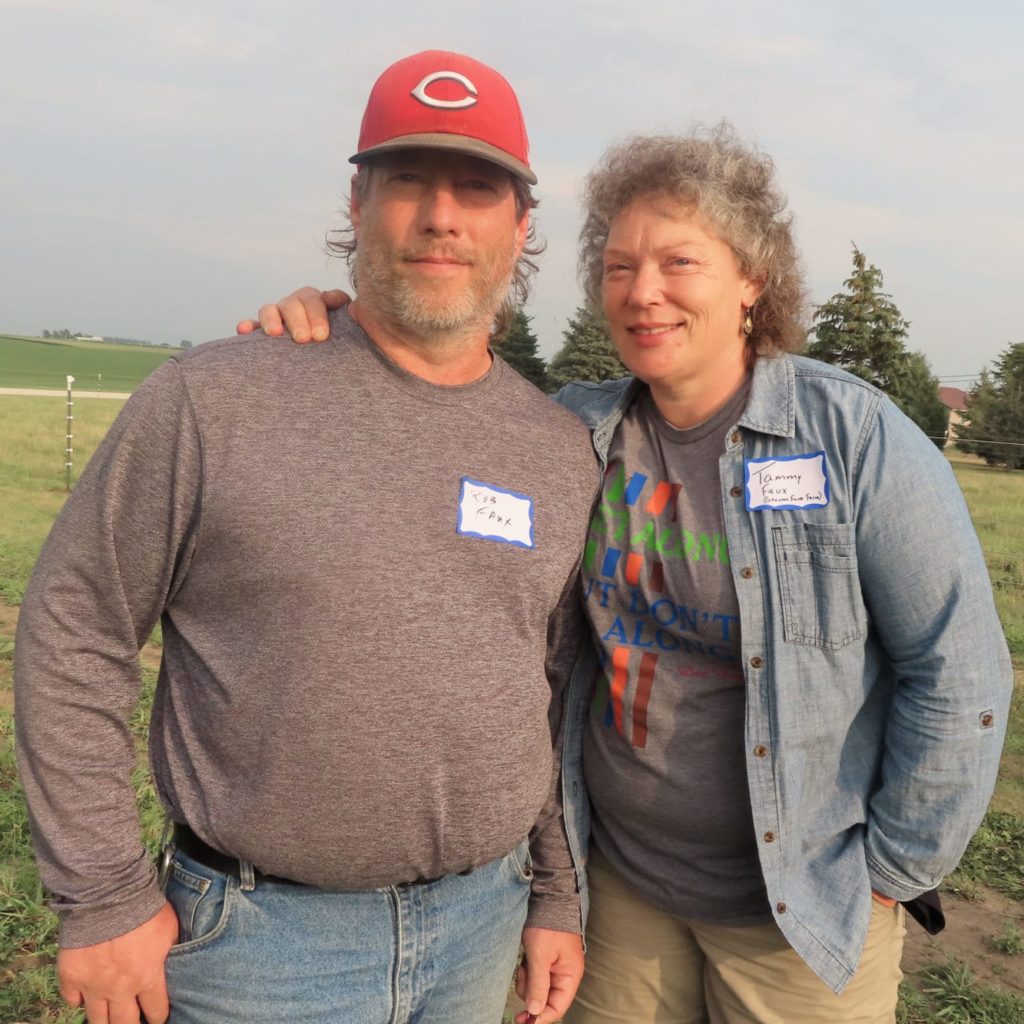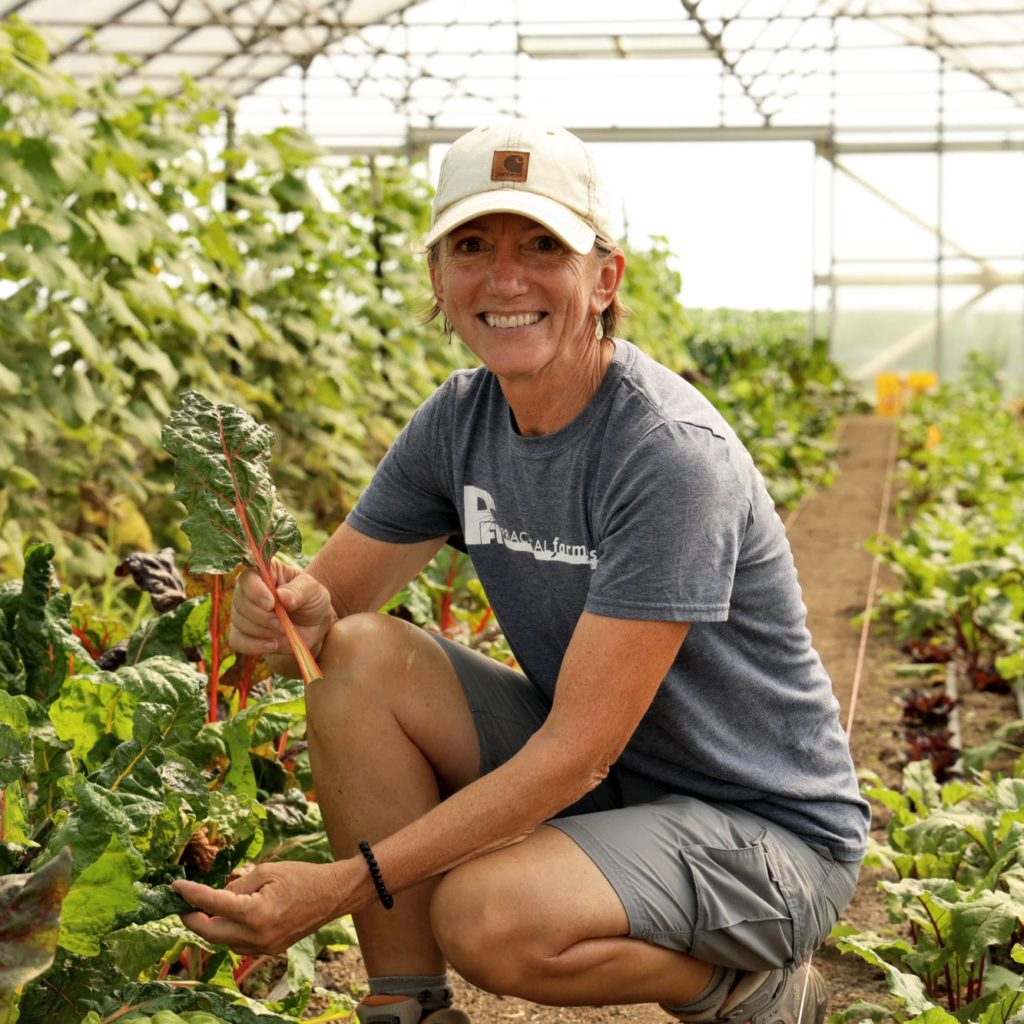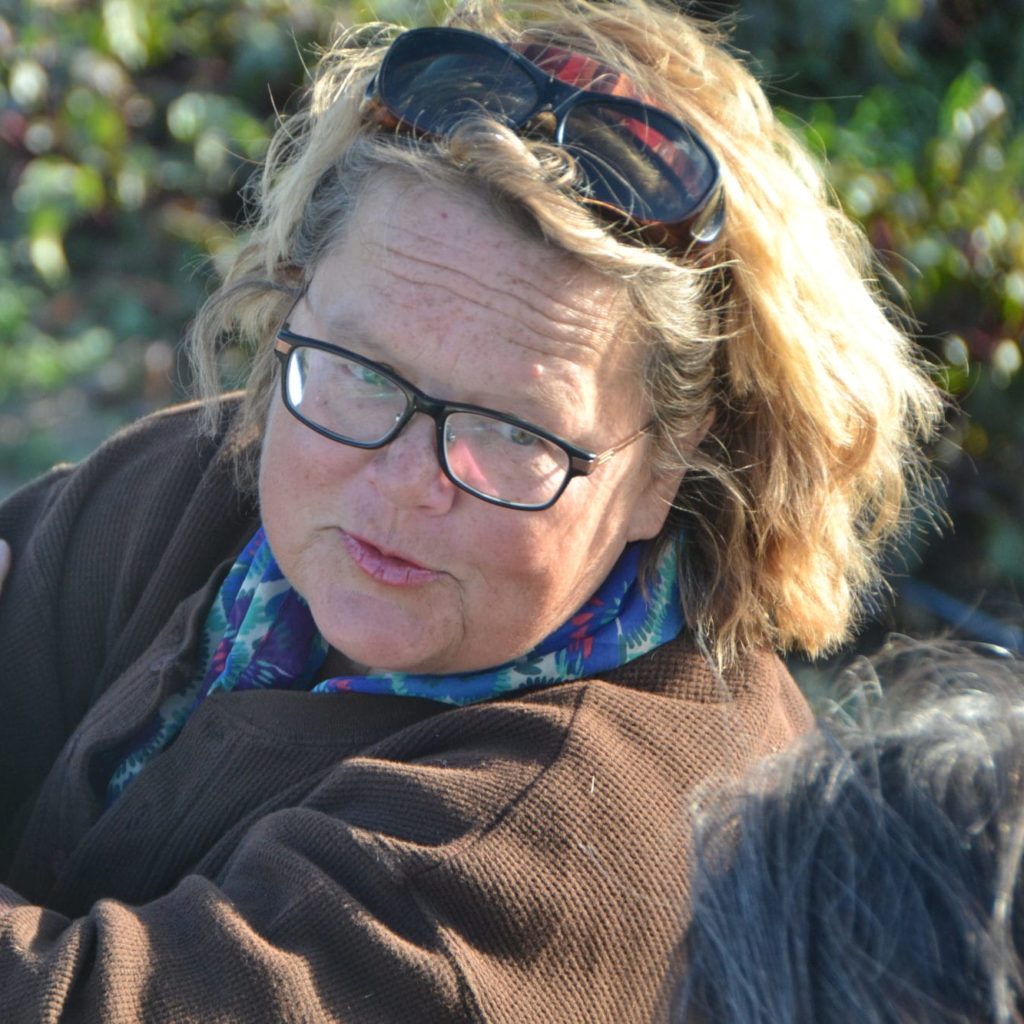Shifting Gears: Vegetable Farmers Adapt to Their Changing Needs
As their needs have changed over the years, three Iowa vegetable farms have adapted their operations to meet the present and plan for the future.
Raising vegetables is hard work. It’s physically demanding, runs on a rigid schedule and requires endless decisions. These strains lead many farmers to adapt their operations to accommodate changing needs. Here, three farmers share reflections on what they changed, and why.
Rob and Tammy Faux
At Genuine Faux Farm, near Tripoli, Iowa, Rob and Tammy Faux work on a system of five-year plans. Like many produce farms, flexibility and adaptability have been hallmarks of their farm’s evolution. They started their farm in 2004 with sales at area farmers markets, launching their CSA with 20 members in 2005.
“Our first five-year plan said that our CSA was going to be no bigger than 40 shares. But also, sometimes opportunities knock and you have to work within your plan to seize them,” Rob says.
By 2008, they were up to 120 CSA members plus four weekly farmers markets. A core group of customers sustained them against turnover, with new customers providing the profit.
Over time, Rob and Tammy noticed changes to that core group as customers’ lives and needs changed. New subscriptions flagged. “Around that time, the CSA model in Iowa was starting to struggle,” Rob says. “The CSA wasn’t going to keep us in the black anymore.”
Recognizing the need to adapt, he and Tammy branched out, selling to restaurants in nearby Waterloo and providing bulk sales to a retirement community. By 2019, they planned to drop the CSA entirely and switch to a system of prepay credits. “Customers could use their credits to purchase the produce as we had it available, and when they ran out of credits, they could purchase more,” Rob says.
When the COVID-19 pandemic hit in 2020, Rob and Tammy found they needed to adapt again. They couldn’t secure workers and decided Rob needed to find supplemental work. Since 2007, Rob had worked full-time on the farm while Tammy, a professor of social work, taught at nearby Wartburg College.
In April 2020, Rob started a remote, part-time job with the Pesticide Action & Agroecology Network. Around the same time, he was diagnosed with kidney cancer. “It was a messy year,” Rob says.
Currently, they’ve scaled down to a level Rob describes as “mildly frantic to keep it doable.” They still raise some produce in high tunnels, along with turkeys, broiler chickens and eggs.
With two off-farm jobs, their main goal is for expenses and income to add up to zero. He adds, “We’re still seeking that magic balance of farming plus off-farm jobs plus time to enjoy life.” Identifying core values – like avoiding pesticides and seeking to right-size the farm – along with mapping out five-year plans has helped them set intentions, gauge their progress and revise plans as needed.
As they work on their next five-year plan in late 2024, Rob and Tammy know it’ll look different. “As we progress through our lives, the major medical things are going to happen more often, so that must be reflected in our plan,“ Rob says. “We know there will be pivots, not just in our farms but in our lives. The idea of possibility has always been a big fuel of our farm – how can we be healthier, more sustainable, more efficient, make things work better. Right now, I’m even more optimistic about next year.”
Donna Warhover
In early October, just ahead of a season-ending hard freeze, Donna Warhover of Morning Glory Farm in Mt. Vernon, Iowa, had a backache. Donna and her team had spent the morning harvesting peppers and digging sweet potatoes – 2,000 pounds before lunch with another 700 pounds to go in the afternoon – and there was still much to do.
Yet her back was aching. Through physical therapy, she had learned why: a slipped disc. “Now, I’m trying to delegate,” Donna says.
On her farm, Donna manages and directs work all around her. But she also balances her roles as a mom and grandma, and as a daughter to aging parents.
In response to her injury, and preparing to scale back, Donna has made some changes. Previously, her CSA spanned spring, summer and fall. She also did area farmers markets, restaurant sales and on-farm sales.
Now, she’s narrowed her focus to a six-week spring CSA, restaurant sales and something new to her: growing crops for use at other farms. The 2024 season was Donna’s second year being part of a collaborative CSA with nearby Buffalo Ridge Orchard, run by Marcus and Emma Johnson in Central City, Iowa. Donna also grows plant starts for another nearby farm.
Growing for others has involved a learning curve, from adjusting quantities, to accommodating delivery schedules, to tough decisions around crop failures. The new issues and challenges in these business relationships have required communication and adjustment on both sides. But these pivots have let Donna continue to generate income from the farm while making use of her existing facilities, well-honed skills and practical expertise.
“Our hope was always to be able to pass this to the next person who wants to do this,” Donna says.
“The physical demands are great, and we want to position ourselves for retirement.” As she and her husband continue planning their next steps, Donna says she’s motivated by figuring out how to meet their needs more effectively.
“We’ve experienced great success in being a CSA farm, a vegetable farm, a mentoring farm, a place for adults with disabilities. And now it’s a new season,” Donna says. “It’s time to rethink how we’re living here on this farm.”
Laura Krouse
In late September 2024, Laura Krouse of Abbe Hills farm near Mt. Vernon, Iowa, celebrated her last CSA pickup of the season. It was also her last CSA pickup ever.
“I’ve been doing a CSA 20 weeks per year for over 30 years,” Laura says. “In 2020, it was 160 shares, but over the years, we probably averaged around 80 per year.”
Over the life of her CSA, she prepared around 57,600 CSA shares, all filled with produce Laura planted, grew, harvested, washed and packed. Hidden from view are the countless hours planning, watering, weeding and doing other endless tasks that go into vegetable production. After all those years of work, Laura says she’s ready for a change.
“It’s physically harder than it once was. I can’t tolerate the heat, and the drought is hard too. I’m 68, and I’ve been farming here since 1988,” Laura says. “I’ve made a bazillion mistakes, and a couple things have worked out. But I’d like to calm down a little bit.”
For support in mapping out the future of her farm and her next steps, Laura connected with Martha McFarland, PFI’s senior farmland viability coordinator.
“Transition can be hard for any retiring farmer,” Martha says. “There are so many variables and decisions, with few models for food farmers. We start with identifying goals for their land’s legacy and considering their future needs in terms of finances and lifestyle. Figuring these things out helps farmers determine next steps.”
Laura says working with Martha helped her find solutions she feels good about. “Making a list of what I wanted was so helpful.” In 2025, Laura plans to seed a third of her farm to native grasses and have a nearby farmer graze sheep on her land.
“I will still have some vegetable production of my own – about one-third of what it has been,” Laura says. “I will grow for restaurants who are existing customers, and now, they will get first pick of my crops rather than what’s left after I fill the CSAs.”
Laura has other plans in the works but isn’t ready to share all her news, beyond saying she has found a successor to take over in the future. “It can be kind of exciting to make the pivot. It can be scary too, but I’m ready,” Laura says. “I’m looking forward to what comes next.”



